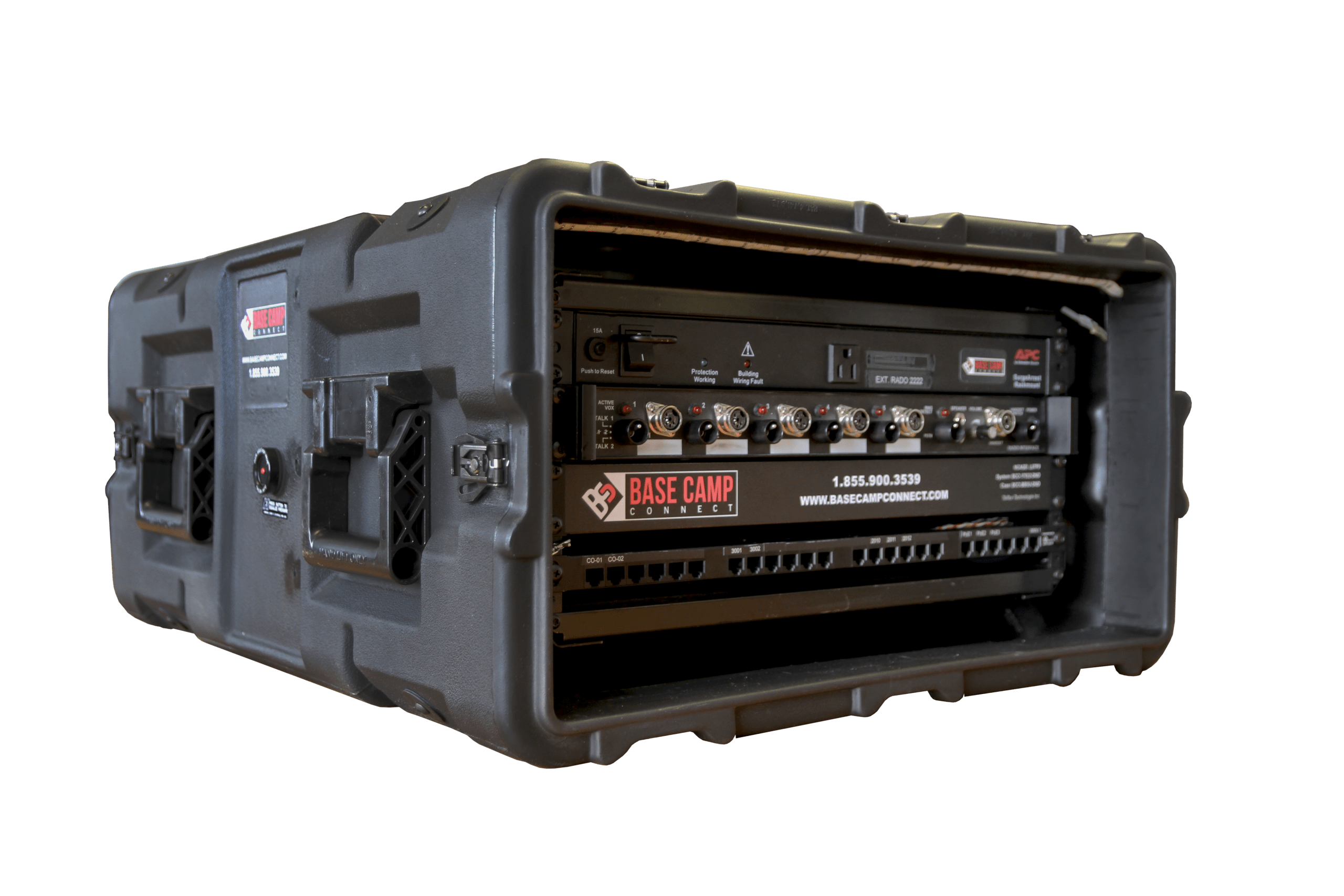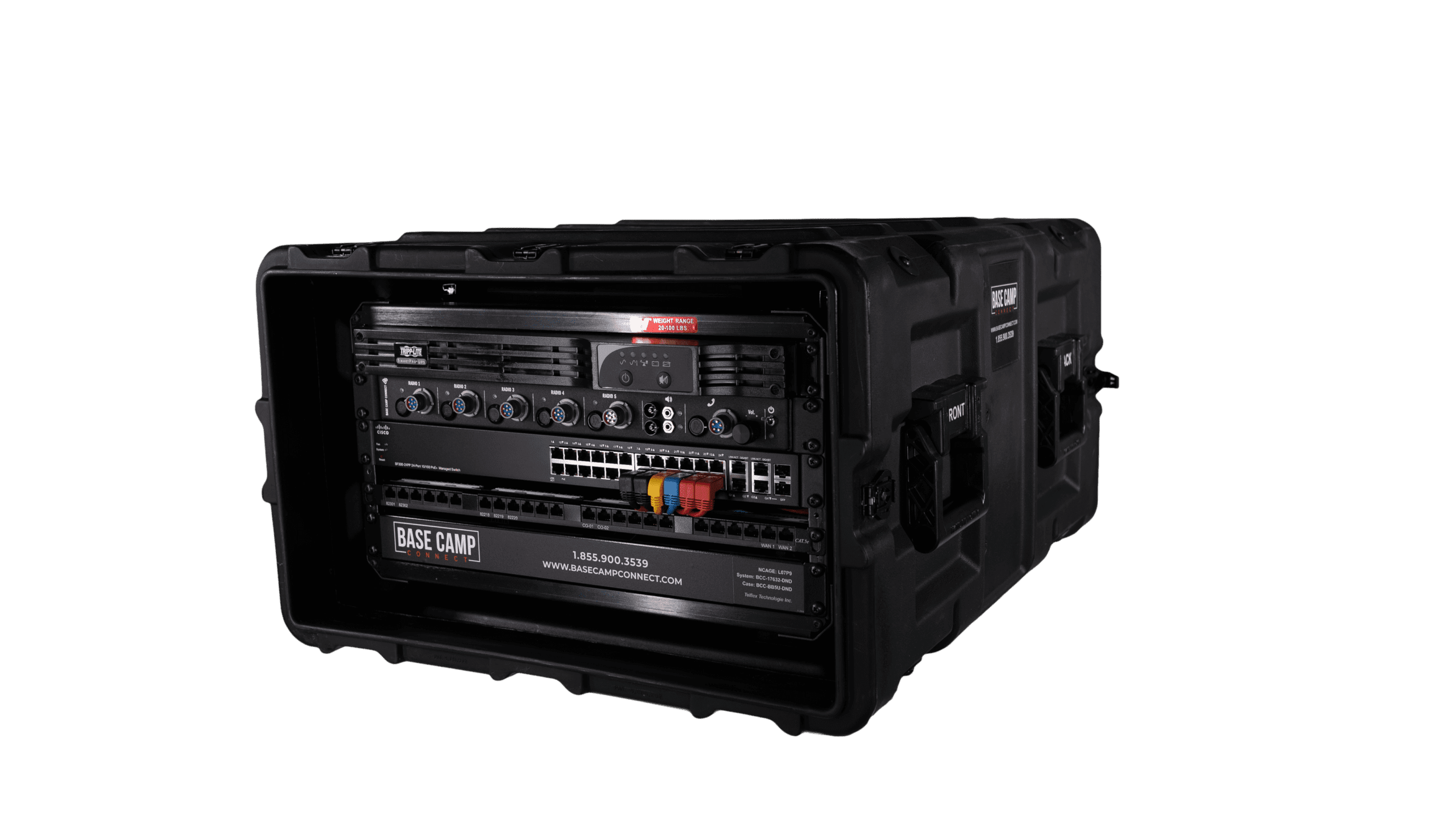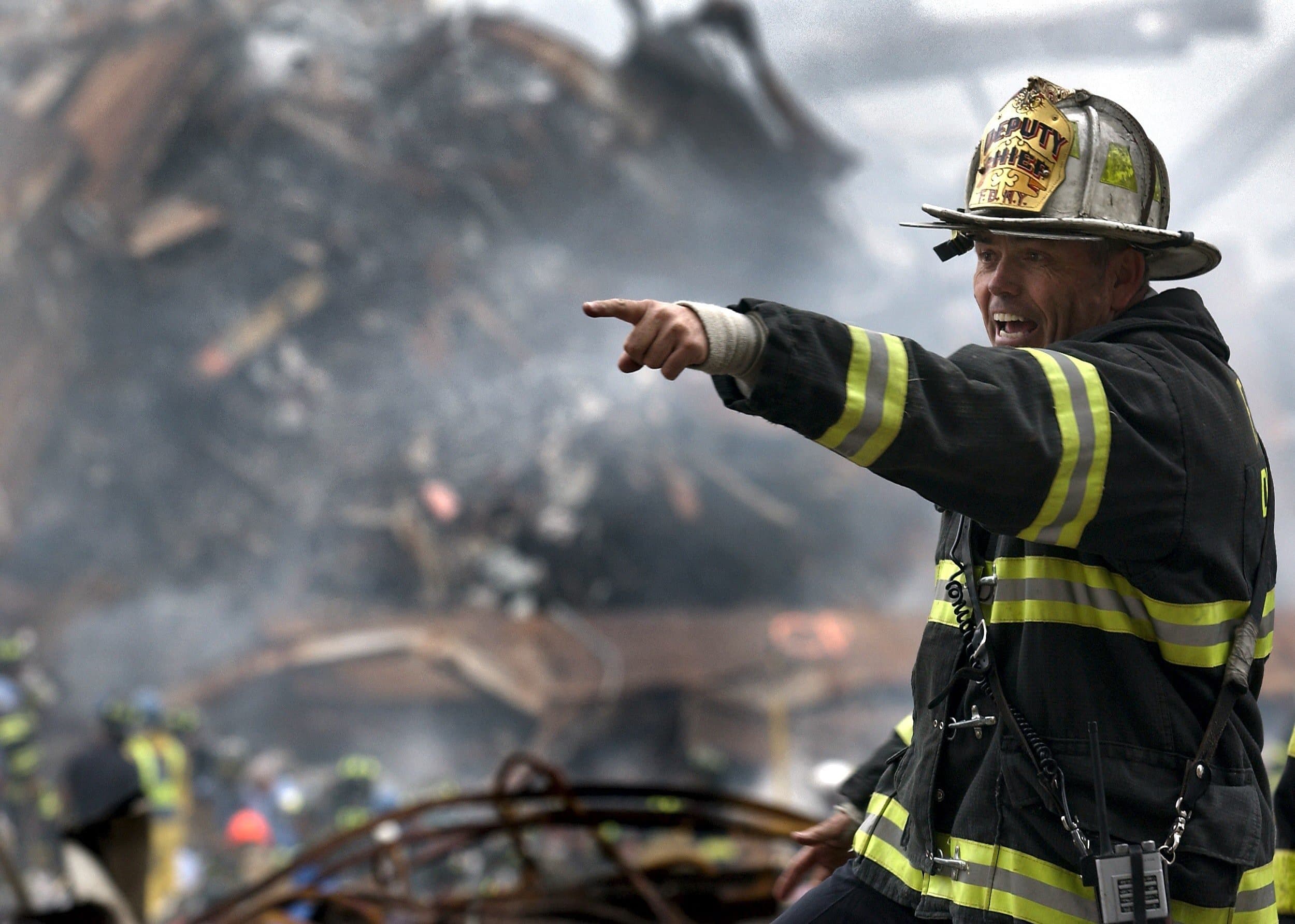There are many challenges to overcome when responding to disasters. Whether the disaster is natural or human-made, all disasters share some common obstacles. If you have ever been involved in a disaster situation, either as a victim or as part of the recovery effort, you know communications are one such hurdle to overcome.
Disasters have a way of quickly disabling our communications networks. Storms, floods, earthquakes, and bombings can wreak havoc on our telecommunications infrastructures. Even when we are fortunate enough not to lose our networks, the systems often become overloaded as everyone tries to reach out to others. Thankfully, there is a solution to communication difficulties during these problematic situations, Private LTE networks.
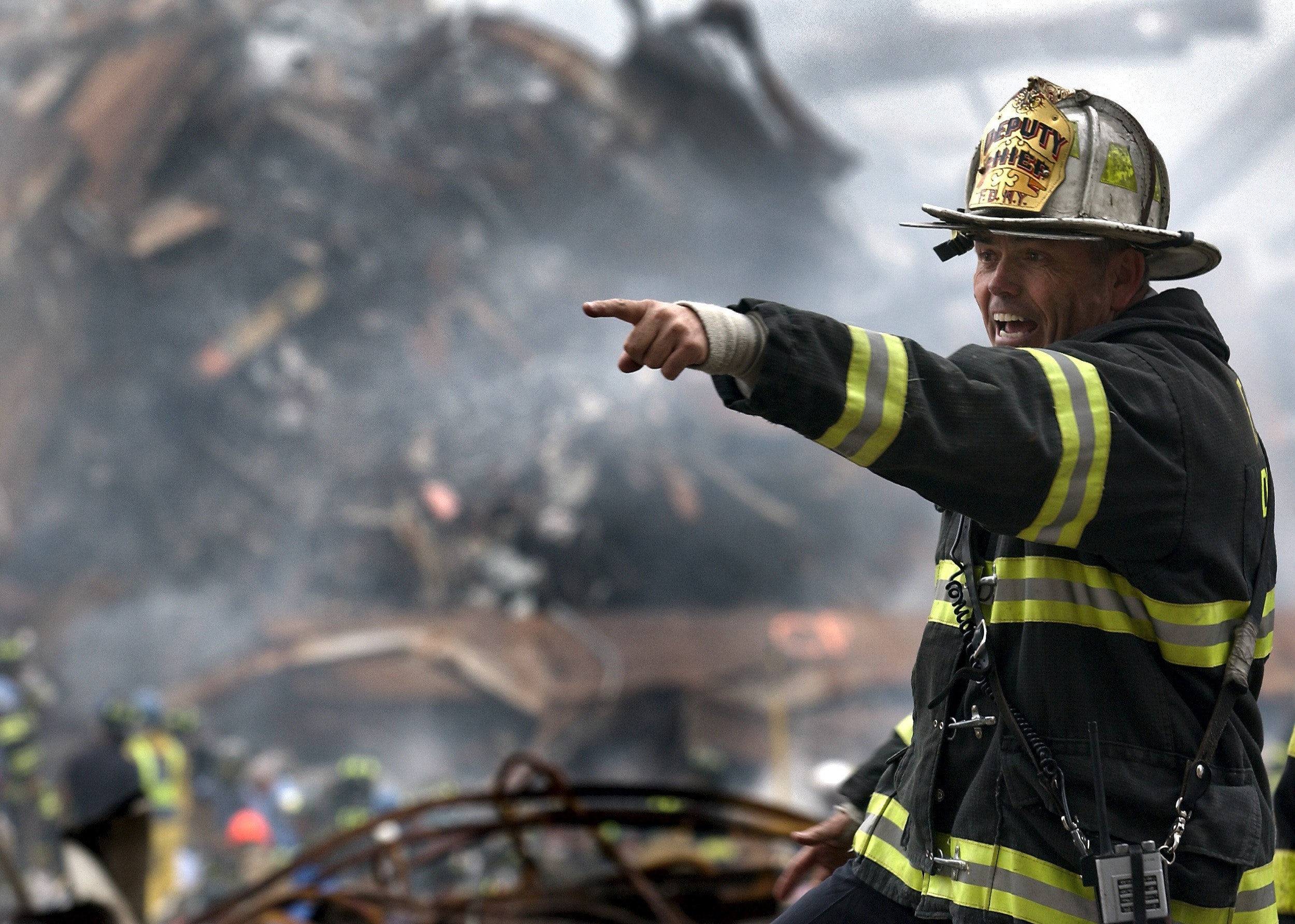
With the right equipment, just about anyone can set up a private LTE network for use during disasters. There are numerous benefits to the technology, and many will find private LTEs an ideal solution for their communication needs during a disaster.
In this article, we will discuss what a private LTE is, some of the benefits of using private LTEs, and what makes them ideal for disaster situations.
What is a Private LTE?
First, a note on the level of coverage this article will discuss. The engineering behind creating private LTE networks can get very technical and well beyond this article’s scope. If you are interested in the technology’s scientific and engineering aspects, I highly recommend reading one of the many white papers available on the internet coving the topic. White papers cover in-depth information on private LTEs for those looking to understand more than the basics that this piece will address.
When we look at the internet, we could characterize it as an open or unsecured network that allows devices to connect with each other and data or information. Long-Term Evolution (LTE) is the standard for wireless communication on mobile devices or other data terminals like your desktop or laptop computer. It is an all-IP based system. Prior to LTE, networks were based on a packet/ TDM network architecture. Using IPs instead of packet/ TDM network architecture means the networks is faster and more cost effective.
Standard LTE networks like the internet allow anyone to access them from just about anywhere. While this is good for accessibility, it leaves systems open to security breaches as well as users overloading the network.
Private LTEs are a great alternative to the publicly accessible internet. While LTEs tend to use more power and can be somewhat costly, the benefits of these systems make them ideal solutions for many people and organizations. This is particularly true in disaster situations. These closed or secured networks offer users a way to connect their devices across an area and communicate without using the internet that most of us utilize every day.
An organization can set up and run a private LTE just about anywhere. Once everything is connected, anyone with authorization to access the LTE can communicate with others on the system. Without permission to enter the network, you cannot access devices or data on the private LTE.
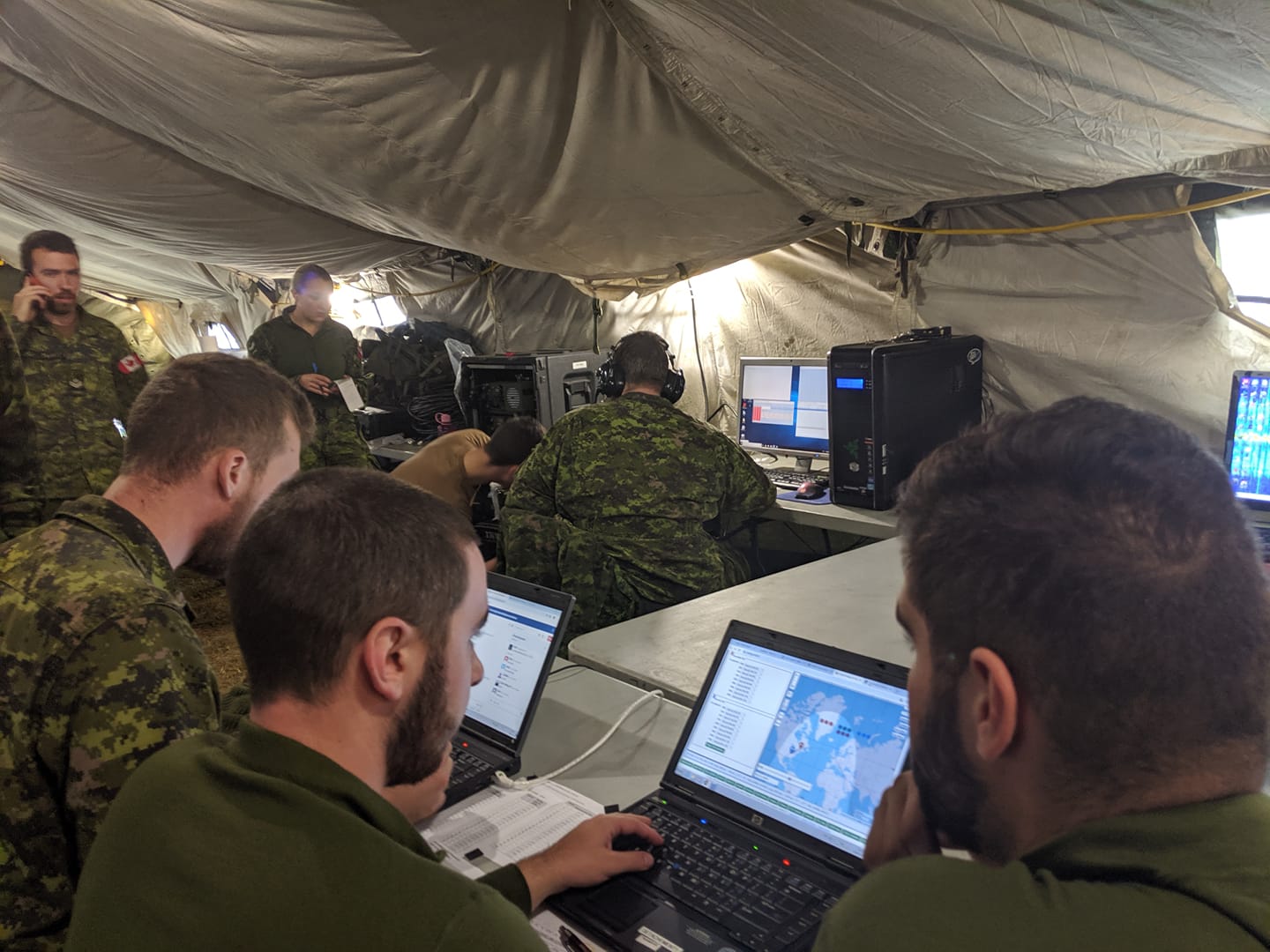
A good analogy for private LTEs is a members-only club. Everyone outside the club is a standard network. People can come and go as they please and speak with everyone around them. For a more personal conversation, members of the private club, or private LTE network, can walk inside a building and talk amongst themselves without others interfering or eavesdropping on their conversations.
The Benefits of Private LTEs
There are many advantages to using private LTE networks. Four of the most beneficial attributes of these networks include improved user security, ease of transition between networks, lower latency rates, and improved range and outdoor coverage. Let us explore each of these in a little more detail.
Private LTEs offer much better protection than open networks. The secure and contained nature of these networks makes them hard to beat from a security standpoint. By comparison, Wi-Fi and other public networks are extremely easy for hackers to attack. We have all seen the news reports of major companies suffering from security breaches and the theft of user information. Private LTEs have restricted access which adds a level of difficulty for hackers to breach. Additionally, private LTEs’ data is stored within their inherent network architecture, making them much more secure than public networks ever could be.
Another nice feature inherently a part of private LTEs is the ease of connectivity between the private LTE and the public internet. Features such as the Evolved Packet Core (EPC) allow for a smooth handoff between the private LTE and public networks. The EPC can be thought of as the LTE brain and provides users on the private LTE with the ability to choose what network best suits their current needs. As the user transitions from a private LTE to a public network, the change is almost unnoticeable from a user experience point of view.
By design, private LTEs are an all-IP-based system. Compared to other network architectures, an all-IP based system can be thought of as a person carrying less weight on their back when completing a task. The same operations on a 2G network, for example, would be much slower as they are packet/ TDM networks.
The all-IP nature of private LTEs means network administrators and users can change and update information faster than other solutions. Private LTEs can also limit the amount of user traffic occurring to improve latency rates even further. With lower latency rates, users can receive information more quickly. In mission-critical applications, such as disaster response, low latency rates are a force multiplier.

Extended range and better outdoor coverage translate to you and your team operating at greater efficiency. These benefits are a product of the difference between WWAN and WLAN. LTEs are Wireless Wide-Area Networks (WWAN), while Wi-Fi is a Wireless Local-Area Network (WLAN). WWAN typically operates at much further distances than WLAN. The devices you connect to a private LTE will connect much farther from the base station than they would a Wi-Fi router. Think of how quickly your phone loses a Wi-Fi signal. The distance is usually not far before you need to find another Wi-Fi hot spot. A typical Wi-Fi signal will extend less than 100 meters from its source, whereas WWAN can cover areas as large as cities.
Private LTEs in Disasters
All the benefits of private LTEs mentioned above will be advantages in natural and human-made disasters. Two deserve further discussion to expand on how they should tip the scales on whether to use private LTEs or another option. The quality of the signal strength and low latency speeds make private LTEs unmatched in a disaster situation.
Disasters often cover large areas. While a small explosive such as a car bomb may be very localized, most disasters span many miles. For example, let us look at how signal strength applies to a historic disaster scenario.
On March 11, 2011, the 5th largest earthquake in recorded history struck Japan. This massive 9.0 quake created a 32-foot-tall tsunami that tragically took the lives of thousands of people. Since the disaster, clean-up efforts have cost over $300 billion to date. The tsunami traveled as far as 6 miles inland in some areas.
Imagine if a similar event occurred today where you live. The entire telecommunications network would more likely than not be destroyed. As a member of the recovery effort, you will need to communicate with your team. Wi-Fi networks would not provide the required distance while covering such a large area without numerous Wi-Fi stations. You could not reasonably build enough Wi-Fi stations in a realistic time frame. On the other hand, a private LTE has the quality of signal strength to handle your communication needs. The city size coverage of a WWAN would be your best option.
Using the same example, let us look at low latency rates. To understand the damage of specific structures, you would likely need to see video feeds from personnel on the ground and aerial assets such as drone feeds. You will ideally want to see real-time or near real-time footage so you can make timely decisions on resource allocation and personnel movements.

Low latency rates mean private LTEs are perfect for handling the connection of many different devices on the network and transferring high-definition video feeds. The lower signal quality for other network types makes them a poor choice for the application compared to private LTEs.
Establishing and maintaining reliable communications during a disaster is vital to recovery operations. You can probably see by now how the advantages of private LTEs are well suited to help in disaster operations. The low latency rates and the signal strength quality are reason enough to choose them over other network options. With the added benefits of better security and connectivity, private LTEs are the best choice for most disasters and most organizations.
Identifying the best communication products for deployable conditions like disasters can become a bit overwhelming. Outstanding solutions such as private LTE networks are ideal in these situations for the many beneficial traits we have discussed. If you are interested in learning more about deployable solutions for your communications needs, speak with professionals in the field. Experts can identify your specific needs and build solutions that allow you to focus on the mission.





